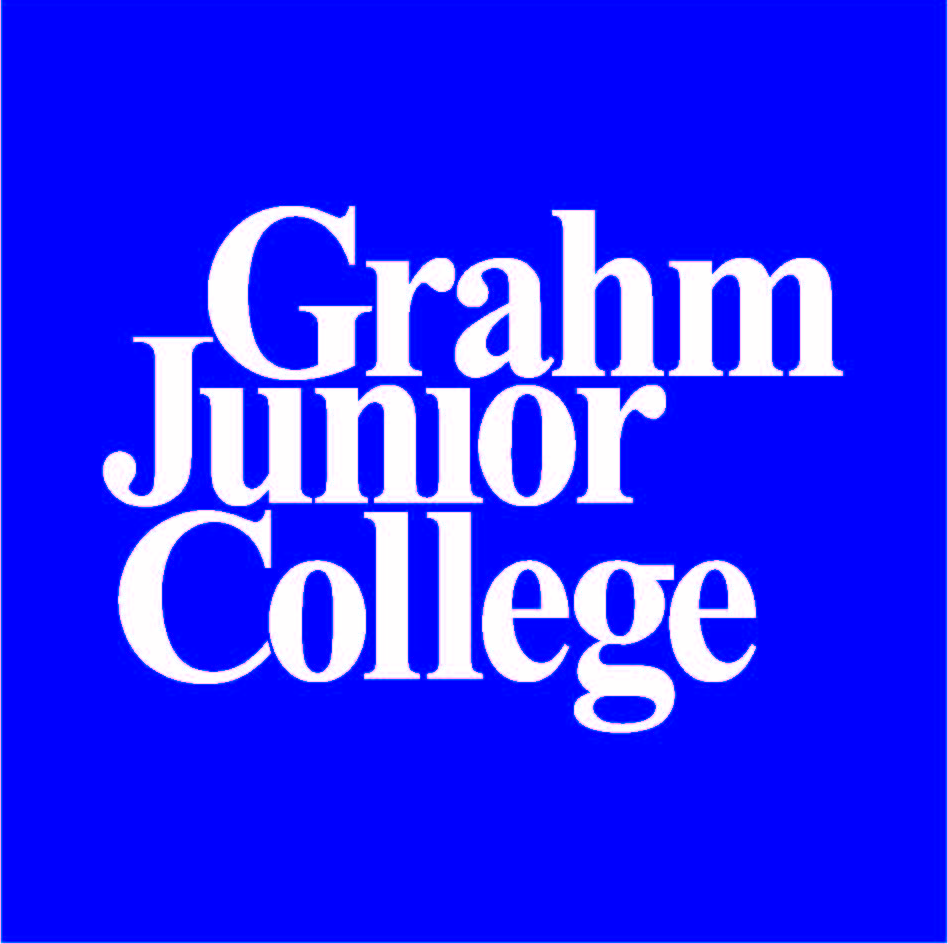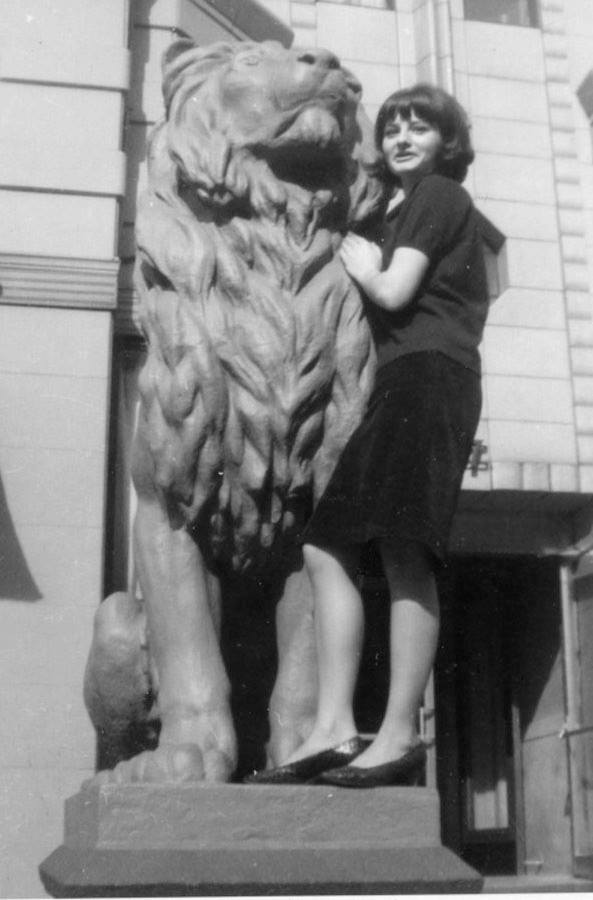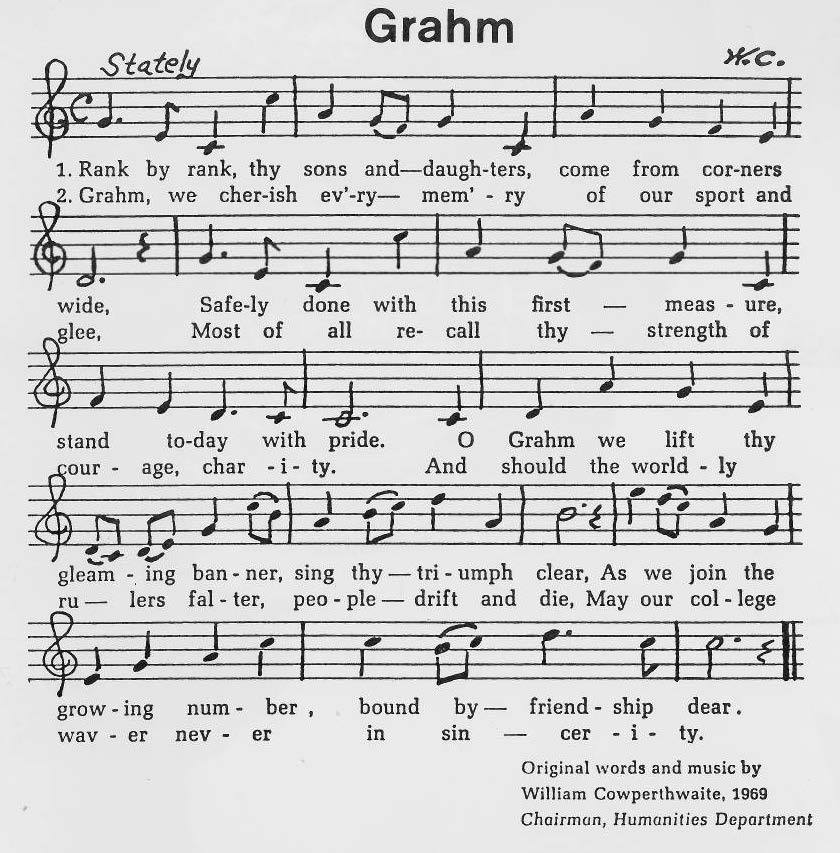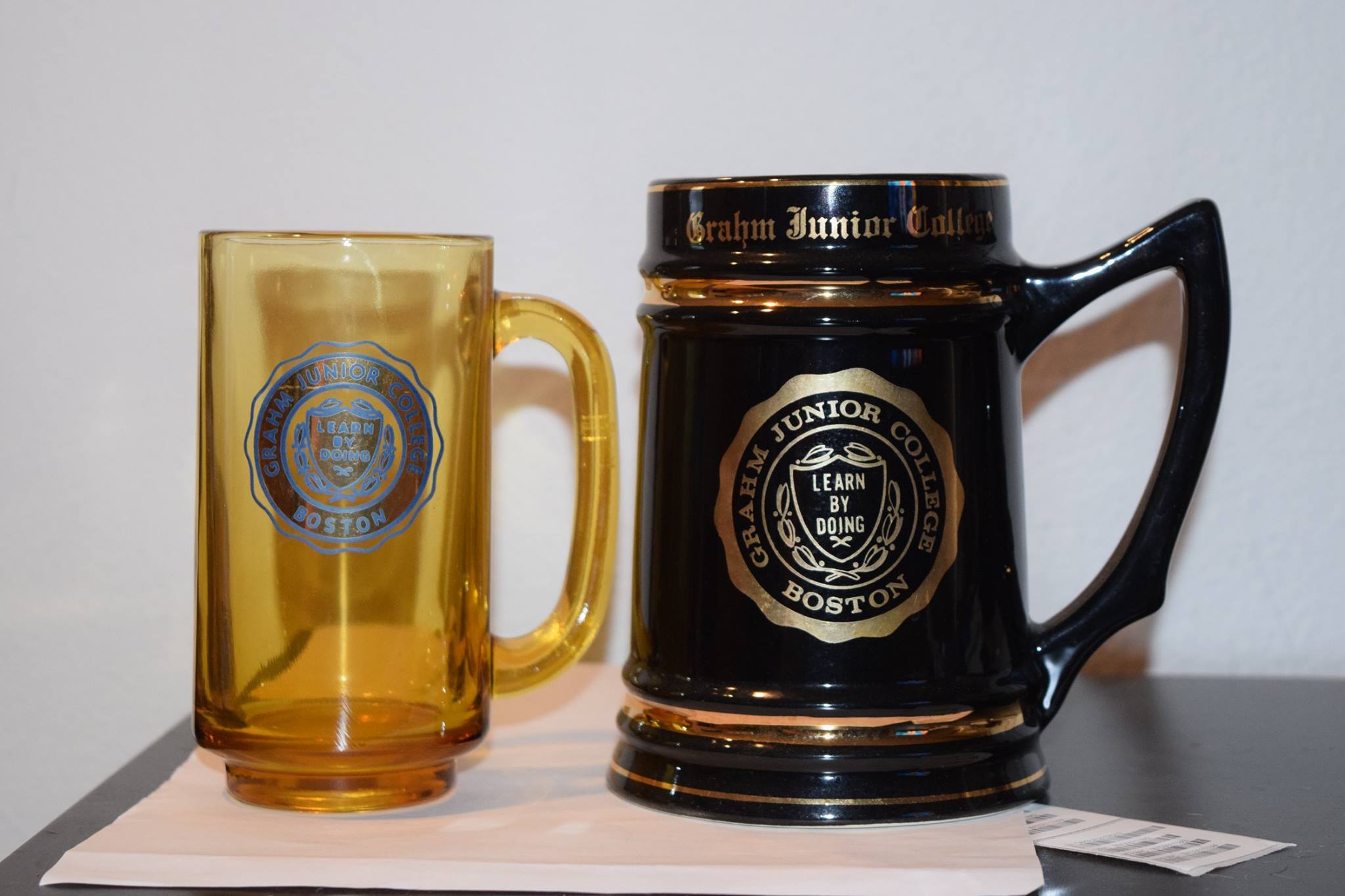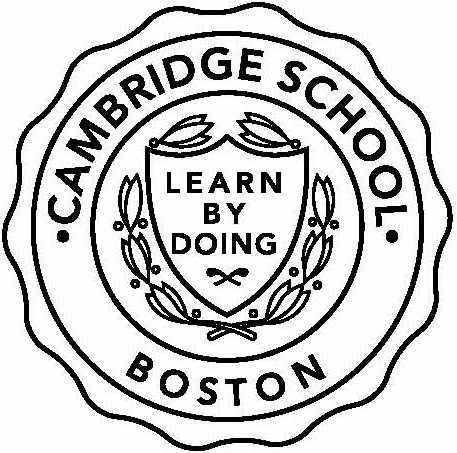K-Square
History of Kenmore Square
by Bill Tarkulich
Part III - Decline
The post-war 1940’s and 1950’s took their toll on the square as residents moved to the suburbs. Hotels began to lose customers and the Myles Standish hotel was quickly unloaded it to Boston University in 1949. [i]
The 1960’s were particularly cruel to the square, with professionals and businesses following their customers to the suburbs. Commercial vacancies rose and crime soon followed. The neighboring students wanted to hear loud music and eat fast food and the merchants of the square responded.
A good example of this decay is to examine number 520 Commonwealth Ave, on the south side of the square, which stood where the Commonwealth Hotel is today. Originally opened as a professional medical building in 1928, the building was filled with physicians, surgeons and dentists. After the war, the number of doctors practicing in this building dribbled off to a hardy few. Beginning in 1965 the building was burglarized multiple times; it experienced an armed robbery, assault and battery crimes. A policeman had been shot on Kenmore Street and another officer was shot inside the Shawmut Bank and the adjacent jewelry store had been robbed.
Another example was the upscale “Hotel Charlesview” at 536 Commonwealth. Opened in 1912, this 20-apartment building had catered to professionals. By 1950, the building had some of the lowest rents in the area, attracting drifters, fortune tellers, a cleaners and a bridal gown salon. By the late 1960’s, its occupants were being arrested on drug charges. A few holdout tenants from better times were all that remained.
Grahm Junior College (successor to
the Cambridge School)
In 1966, the Cambridge School became the dominant property owner in the square, purchasing four of the largest buildings in the square, including three of the four hotels. It purchased the Lumberman’s Mutual Fire Insurance building (645 Beacon), Hotel Kenmore (490 Commonwealth), Wadsworth Hotel (10 Kenmore St.) and the Hotel St. George (645 Beacon Street). Kenmore Street was renamed “Grahm Street.” The civic associations were alarmed, feeling blindsided by the rapidity in which Grahm grabbed up buildings.
Nearby, the Sherry Biltmore Hotel (146 Mass. Ave) had been acquired by Bryant and Stratton School. B. U. acquired Charlesgate West, the Fensgate Hotel (73 Hemmingway) went to Chandler, and the Hotel Bostonian (1138 Boylston St.) to the Berklee School of Music.[ii] It wasn’t long before neighbors and civic organizations began to complain about the pervasive student presence. “Kenmore [Square] or should it be now called “Dormitory [Square]” so the newspaper article read. The neighbors argued that the students and transient residents left the area without a soul.
When Grahm began to struggle in 1977, the Red Sox and Boston University revealed a plan to rehabilitate the square. It would provide more parking for the Red Sox, more housing, hotel and office space and a general upgrade to the area. A large apartment building over the Mass Turnpike was proposed, a seven story commercial building on Commonwealth Avenue near the Howard Johnson’s Motor Inn planned , and the conversion of the Grahm buildings into street-level retail and housing.
During the Vietnam War, social unrest and high inflation, many businesses and individuals voted with their feet and departed. Urban renewal in Scollay square attracted businesses to the new “Government Center”, leaving vacancies throughout the area. Community college competition struck hard at two year schools. Within 10 years, 30 of the 40 two-year schools were no longer operating. Many of these schools were in the Back Bay near Kenmore Square. This was good news for the civic groups. The bad news was that this put a lot of real estate on the market, and much of it remained unoccupied.
Boston University
Immediately following World War 2, seeking to integrate its campus, Boston University acquired dozens of automotive retail buildings, hotels, Braves Field, 35 acres of land and an investment of $60 million [in 1963 dollars] all along Commonwealth Avenue, west of the square. Daniel Weisberg, an assistant Professor of Real Estate, systematically acquired real estate beginning in 1949. It was Weisberg who suggested the purchase of the Myles Standish for use a men’s dormitory as he drove past it with then-BU president Daniel Marsh while returning from the airport one night. Within two weeks the hotel had been purchased. Other buildings BU purchased included the Sheraton (Shelton) Hotel on Bay State Road, General Tire (950 Commonwealth), Howard Johnson’s (793), General Electric (700), Jones McDuffee (853) and Noyes Buick (835).[iii]
Nightclubs
While the Kenmore Club complex of three night clubs (of ever-changing names) dominated the scene in the 70’s and 80s. Its names included Kenmore Club, Narcissus, Lucifer, KKKKaty, Lipstick and Celebration and others. However large, the most infamous of all bars in the square was the Rathskeller.
Rathskeller (528 Commonwealth)
The “Rat” opened in 1974. Over time it transformed itself into a gritty, dingy, dark punk rock bar, where fights could often be seen rolling out into the streets.

Figure 34 The facade of the Rathskeller belies what's inside

Figure 35 Rathskeller Bathroom Art

Figure 36 Rathskeller Interior
Drugs, Crime and Scientology
Being in the square, Grahm Junior College took the unusual but necessary step of putting round-the-clock security in place for all four of the school’s buildings. Paul Clausmeyer, manager of facilities noted, “Last year our force was about 30% lower. But this area is becoming a second combat zone. If we didn’t tighten up our security, the incidence of crime would have increased over last year’s. We know we can never eliminate it, but we feel we can control it.”[iv] In the fall of that year, a Grahm student witnessed the shooting of a policeman outside his dormitory. The policeman was pursuing an individual who had just robbed a Brigham’s ice cream shop, just around the corner.
The Hotel Buckminster, having been previously used as a Grahm dormitory (Leavitt Hall), was purchased by a private concern in 1977 as Grahm worked to shed assets. It operated until 2002 as a rooming house. The hotel attracted low-income residents and transients. In 1985 the hotel was only 2/3 occupied. This was a further blow to the stability of the square.
When Grahm Junior College went bankrupt in 1979, Boston University was quick to purchase the buildings, 632 Beacon Street, and its dormitories Kenmore and Wadsworth Halls. The buildings remained vacant for some time after their purchase. BU rehabbed these buildings into subsidized housing for the elderly and disabled in 1984. This was the university’s first step towards cleaning up the square.
Drugs and crime became rampant in the square. In the early 80’s there were regular arrests for handgun possession, shootings, armed robberies and homicides including one inside a night club. A for-profit methadone clinic[v] on Beacon Street opened in 1986. It reportedly had 700 patients. Even Steven Tyler of Aerosmith was treated there. [vi] The Salvation Army ran a detox home for alcoholics and homeless[vii] on Brookline Avenue. It was asserted that the clinic and home attracted even more criminal elements to the area.
Dormitories near and in the square became a target for frequent burglaries, shoplifting, purse-snatching, and handgun possession. A masseuse and a fortune teller had taken up shop in the square. Hare Krishna, Scientology, alcoholics and panhandlers plied the street, pushing themselves onto passersby. Homeless individuals lived in cardboard boxes under the Charlesgate Bridge.
To make matters worse, organized crime was on the doorstep. James “Whitey” Bulger reported in 1979 that Stephen "The Rifleman" Flemmi was so incensed about a beating his daughter suffered at a nightclub in Kenmore Square he "may whack out" the owner and burn down the club. The club was not named.”[viii]
Boston University had long regarded Kenmore Square as an extension of its campus. It was no secret that BU held nightclub owner Henry Vara in disdain. BU President John Silber said later that he bought buildings in the square so he could “Clean up the bars and get the horrendous influence of Henry Vara out of Kenmore Square.”[ix] Vara owned Narcissus, Lipstick and Celebration, all at 533 Commonwealth Avenue, on the north side of the square. The Boston Police had tied Vara to other illicit activities in other areas in the city.
By the mid 80s, rapes and assaults were at an all-time high. In 1986 alone there was a homicide, six rapes, 78 robberies and 50 aggravated assault arrests.[x] The square was the scene of a liquor store shootout, the shooting of a police officer and a student.
BU felt that the bars posed a safety issue, attracting even more criminals. The BU 10-year real estate plan included closing the nightclubs. BU purchased the Vara nightclubs in 1987. BU wanted the clubs so badly that it greatly outbid the London-based Hard Rock Café.[xi] At the same time, BU acquired the 535-541 Commonwealth Avenue buildings adjacent to the clubs.[xii]
The university continued its acquisition of Kenmore Square real estate with the purchase of a vast majority of buildings on the south side of Commonwealth Avenue (508-510), including six retail and residential buildings in 1987.
While BU gobbled up property in the square, what it would do with them was not a foregone conclusion. The Boston Redevelopment Authority and neighborhood groups insisted they participate in those decisions. The neighborhood group’s number one priority was to see more residential housing in the area and shutting down the clubs. They argued this would be the best way to fight crime in the square.
1990’s – The tidal basin slowly
turns
Things reached the lowest point in 1996 when pushers were selling heroin in Kenmore Square and prostitution had made inroads. It was also a turning point. The methadone clinic was ushered out. In 1997 BU purchased the Rathskeller night club and shut it down.
BU had originally planned to replace the three Kenmore Club bars with a single, more upscale nightclub, but it was met with such opposition that BU dropped the idea quickly. Ultimately the bars were replaced with a Bertucci’s restaurant.
Boston Police also started to get a handle on the problem. By 1999 Boston police indicated that crime in the square had been steadily dropping. Police, residents and those who worked in the square were all in agreement that removing the nightclubs made the difference.[xiii]
The Hotel Buckminster was entirely renovated into an upscale operation in 2002.[xiv] This too began to change the makeup of the visitors to the square.
The improvements in the square wallowed for a few years in the 1990’s. The clubs had been shut down, the trouble makers and addicts no longer had reason to visit, and there was an expectation that the largest development project in 100 years would entirely transform the square. But that would have to wait until 2004.
[i] B. U. to Take Over Myles Standish Hotel for Dorm, Daily Boston Globe, Feb 5, 1949
[ii] Kenmore Square Area Slowly becoming a Dormitory Square, Boston Globe, Dec 4, 1966
[iii] How One Man Pieced Together B. U. Acreage, Boston Globe, Jul 21 1963
[iv] Growing Problem for Boston’s Colleges, Herald Traveler and Boston Record American, Nov 15, 1972.
[v] Operates as the Habit Management Institute, 648 Beacon St., 6th floor. Ref: Narcotic Treatment Programs Directory, US FDA, DHHS
[vi] Does the Noise In My Head Bother You? A Rock ‘n’ Roll Memoir by Steven Tyler, Harper Collins, 2011
[vii] 61 Brookline Avenue – re: Soldiers of Salvation, Christina Robb, Boston Globe, Dec 9 1984
[viii] Boston Globe, Jul 19, 1998
[ix] BU, bar owner Kenmore Partners, Boston Herald, Aug 25, 1989
[x] Boston Police crime statistics, issued 1987.
[xi] Creeping Kenmore, Jul 2, 1987, Boston Globe
[xii] BU Wins Approval to Buy Kenmore Sq. Buildings, Aug 14, 1987.
[xiii] Boston Globe, Mar 8, 1999
[xiv] Back to the Future Place where Ruth lived moving towards past prestige., Boston Globe, Feb 3, 2002
